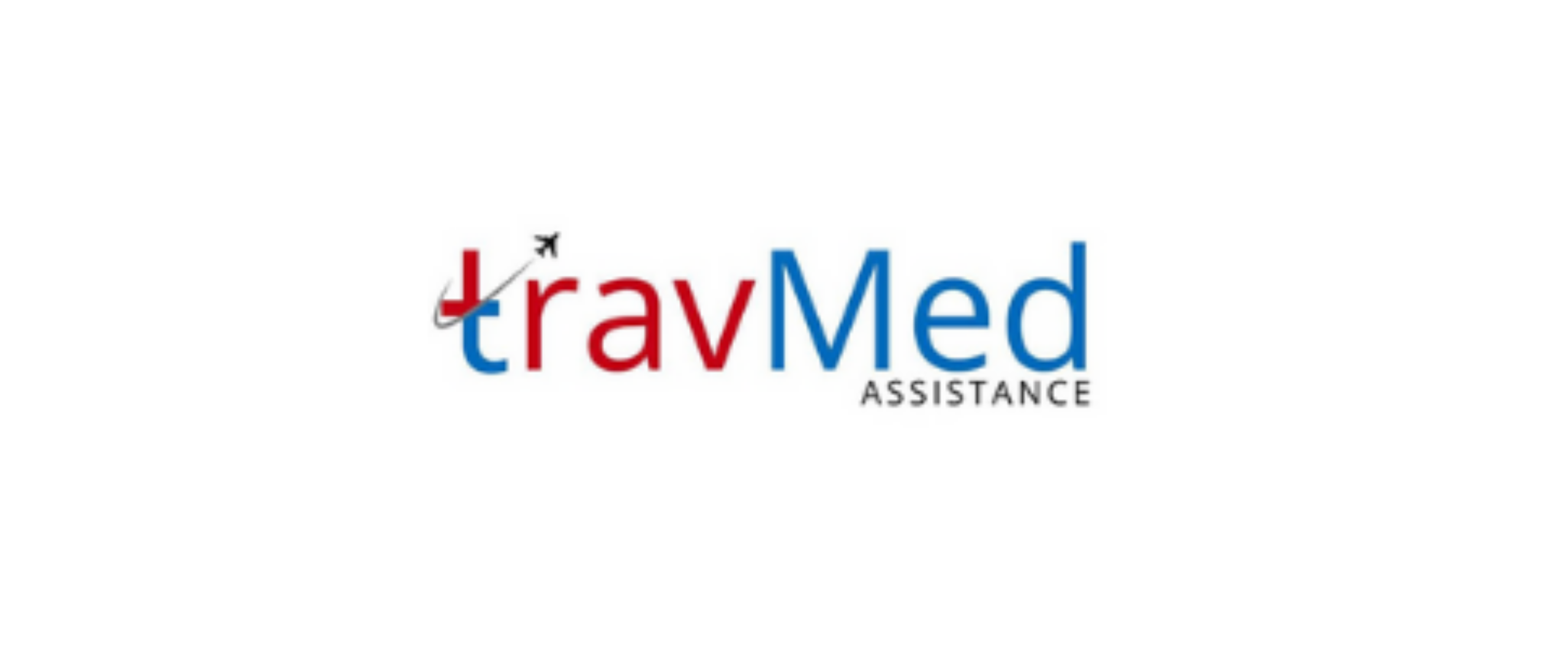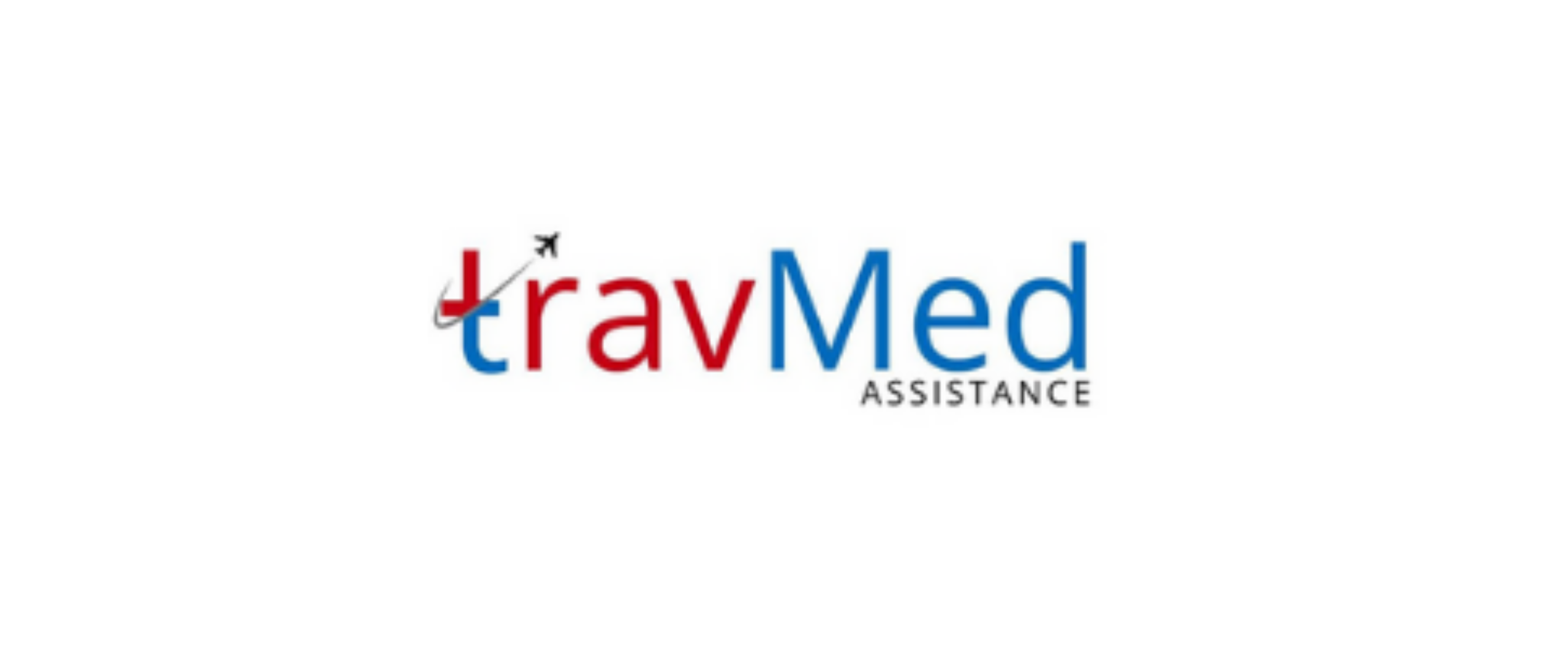
Medical claim fraud in Nepal refers to the deliberate submission of false or misleading information to obtain undeserved financial benefits from insurance companies or healthcare providers. This fraudulent activity involves various deceptive practices, such as billing for services not rendered, misrepresenting diagnoses, or inflating medical expenses. In Nepal, medical claim fraud poses a significant challenge to the healthcare system, undermining its integrity and increasing costs for legitimate patients. The practice often involves collusion between healthcare providers, patients, and sometimes insurance company employees. Medical claim fraud in Nepal can range from small-scale individual acts to large-scale organized schemes, affecting both public and private healthcare sectors.
Who investigates medical claim fraud?
In Nepal, multiple entities are responsible for investigating medical claim fraud:
- Nepal Insurance Board (Beema Samiti): The primary regulatory body overseeing the insurance sector
- Insurance companies’ internal investigation units
- Nepal Police, specifically the Central Investigation Bureau (CIB)
- Commission for the Investigation of Abuse of Authority (CIAA)
- Ministry of Health and Population
- Nepal Medical Council
- Department of Drug Administration
These organizations often collaborate to conduct thorough investigations into suspected fraudulent activities. The Nepal Insurance Board plays a central role in coordinating efforts between various stakeholders to combat medical claim fraud effectively. Insurance companies also maintain dedicated fraud investigation teams to scrutinize suspicious claims and protect their financial interests.
How is fraud detected in Nepal?
Fraud detection in Nepal’s medical claims sector involves a combination of manual and automated processes:
- Data analysis: Utilizing advanced analytics to identify patterns and anomalies in claim data
- Audits: Regular and random audits of healthcare providers and insurance claims
- Whistleblower reports: Encouraging and protecting individuals who report fraudulent activities
- Cross-verification: Comparing claims data with patient records and treatment protocols
- Medical review: Engaging medical experts to evaluate the necessity and appropriateness of treatments
- Surveillance: Monitoring high-risk providers and claimants
- Collaboration: Sharing information between insurance companies and regulatory bodies
- Tip hotlines: Establishing dedicated channels for reporting suspected fraud
- Education and awareness: Training staff to recognize red flags and suspicious activities
These methods help identify potential fraud cases, triggering further investigation when necessary. The Nepal Insurance Board and individual insurance companies continuously refine their detection techniques to stay ahead of evolving fraud schemes.
What are common types of medical fraud?
Common types of medical fraud in Nepal include:
- Billing for services not rendered: Charging for treatments or procedures that were never performed
- Upcoding: Billing for more expensive services than those actually provided
- Unbundling: Separating charges for a single procedure into multiple billing codes
- Phantom billing: Creating fake patient records to bill for non-existent services
- Unnecessary procedures: Performing and billing for medically unnecessary treatments
- Misrepresenting diagnoses: Altering diagnoses to justify unnecessary treatments or higher billing
- Kickbacks: Healthcare providers receiving payments for patient referrals
- Identity theft: Using stolen patient information to submit false claims
- Prescription fraud: Forging or altering prescriptions for controlled substances
- Double billing: Charging both the patient and the insurance company for the same service
- Falsifying credentials: Healthcare providers misrepresenting their qualifications or licenses
These fraudulent practices often involve collaboration between multiple parties, making detection and prevention challenging for authorities and insurance companies in Nepal.
What documents are required to verify claims?
To verify medical claims in Nepal, the following documents are typically required:
- Original medical bills and receipts
- Prescription slips from licensed medical practitioners
- Diagnostic test reports and results
- Hospital discharge summary
- Attending physician’s statement
- Medical certificate detailing the diagnosis and treatment
- Proof of identity (citizenship certificate or passport)
- Insurance policy document
- Claim form duly filled and signed by the policyholder
- Police report (in case of accidents or injuries)
- Photographic evidence (if applicable)
- Medical records and treatment history
- Referral letters from primary care physicians
- Itemized bill breakdown for hospital stays
- Pharmacy receipts for prescribed medications
Insurance companies in Nepal may request additional documents depending on the nature and complexity of the claim. Thorough documentation helps prevent fraud and ensures legitimate claims are processed efficiently.
How much fraud occurs in medical claims?
While exact figures for medical claim fraud in Nepal are challenging to determine due to underreporting and the covert nature of fraudulent activities, estimates suggest a significant impact on the healthcare system:
- The Nepal Insurance Board estimates that approximately 10-15% of all medical claims involve some form of fraud or abuse.
- Studies indicate that fraud accounts for 3-5% of total healthcare expenditure in Nepal.
- In 2020, the Nepal Insurance Association reported detecting fraudulent claims worth over NPR 500 million (approximately USD 4.2 million).
- The Central Investigation Bureau of Nepal Police has seen a 30% increase in reported medical fraud cases over the past five years.
- Private insurance companies in Nepal report that up to 20% of claims raise red flags for potential fraud.
- The Commission for the Investigation of Abuse of Authority has investigated over 100 cases of large-scale medical fraud in the past decade.
These figures highlight the pervasive nature of medical claim fraud in Nepal and underscore the need for robust detection and prevention measures.
How is fraud penalized in Nepal?
Penalties for medical claim fraud in Nepal are governed by various laws and regulations:
- Insurance Act 2049 (1992): Provides for fines up to NPR 500,000 and imprisonment up to 5 years for insurance fraud
- Nepal Medical Council Act 2020 (1964): Allows for suspension or revocation of medical licenses for fraudulent practices
- Muluki Criminal Code 2074 (2017): Prescribes imprisonment up to 10 years and fines up to NPR 1 million for severe fraud cases
- Commission for the Investigation of Abuse of Authority Act 2048 (1991): Empowers the CIAA to investigate and prosecute corruption cases, including medical fraud
- Consumer Protection Act 2075 (2018): Provides for compensation to victims of fraudulent practices
Penalties may include:
- Financial restitution to victims
- Blacklisting of healthcare providers from insurance networks
- Suspension or cancellation of business licenses
- Criminal prosecution leading to fines and imprisonment
- Professional sanctions, including loss of medical licenses
- Mandatory fraud prevention training and compliance programs
The severity of penalties depends on the scale and nature of the fraud, with authorities often imposing multiple sanctions to deter future offenses.
Who monitors fraudulent claims in Nepal?
Several entities in Nepal are responsible for monitoring fraudulent claims:
- Nepal Insurance Board (Beema Samiti): Oversees the insurance industry and coordinates anti-fraud efforts
- Insurance companies’ Special Investigation Units (SIUs): Monitor and investigate suspicious claims
- Nepal Medical Council: Monitors professional conduct of medical practitioners
- Ministry of Health and Population: Oversees healthcare providers and facilities
- Department of Drug Administration: Monitors pharmaceutical-related fraud
- Commission for the Investigation of Abuse of Authority: Investigates high-profile corruption cases
- Central Investigation Bureau of Nepal Police: Handles complex fraud investigations
- Office of the Auditor General: Conducts audits of public healthcare institutions
- Nepal Insurance Association: Collaborates with member companies to share fraud-related information
- Healthcare Quality and Safety Commission: Monitors quality of care and patient safety standards
These organizations work together to create a comprehensive monitoring system, sharing information and resources to detect and prevent fraudulent activities in the medical claims sector. Their collective efforts aim to maintain the integrity of Nepal’s healthcare and insurance systems.
How can individuals report medical fraud?
Individuals in Nepal can report suspected medical fraud through various channels:
- Nepal Insurance Board hotline: Call 1660-01-56789 to report insurance-related fraud
- Insurance company fraud reporting lines: Contact the specific insurer’s dedicated fraud reporting number
- Nepal Police: File a complaint at the nearest police station or contact the Central Investigation Bureau
- Commission for the Investigation of Abuse of Authority: Submit complaints online or via their hotline 107
- Ministry of Health and Population: Report fraud through their official website or helpline
- Nepal Medical Council: File complaints against medical practitioners through their online portal
- Department of Drug Administration: Report pharmaceutical fraud via their official channels
- Consumer Rights Protection Forum: Seek assistance in reporting and addressing fraudulent practices
- Online platforms: Utilize government-approved websites and apps for reporting fraud
- Whistleblower programs: Participate in confidential reporting systems offered by some organizations
When reporting, provide as much detailed information as possible, including dates, names, and any supporting documentation. Reporters can often remain anonymous to protect themselves from potential retaliation.
What is the process for fraud investigations?
The process for fraud investigations in Nepal typically follows these steps:
- Complaint receipt: Authorities receive a report of suspected fraud
- Initial assessment: Evaluate the complaint to determine if it warrants investigation
- Case assignment: Allocate the case to appropriate investigative team or agency
- Evidence gathering: Collect relevant documents, statements, and digital evidence
- Interviews: Conduct interviews with involved parties and witnesses
- Data analysis: Examine financial records, medical documents, and claim histories
- Expert consultation: Engage medical professionals to review clinical aspects
- Surveillance: If necessary, conduct physical or digital surveillance
- Coordination: Collaborate with other agencies or insurance companies as needed
- Legal review: Assess gathered evidence for legal sufficiency
- Report preparation: Compile findings into a comprehensive investigative report
- Decision making: Determine appropriate action based on investigation results
- Enforcement: Implement penalties, file charges, or take administrative action
- Follow-up: Monitor compliance with imposed sanctions or remedial measures
- Case closure: Conclude the investigation and document outcomes
Throughout the process, investigators maintain confidentiality and adhere to legal and ethical standards. The duration of investigations varies depending on the complexity of the case and the resources available.
How can fraud be prevented in Nepal?
Preventing medical claim fraud in Nepal requires a multi-faceted approach:
- Implement robust verification systems: Utilize advanced technology to authenticate claims and detect anomalies
- Enhance data sharing: Improve information exchange between insurers, healthcare providers, and regulatory bodies
- Conduct regular audits: Perform frequent and random audits of healthcare facilities and insurance claims
- Strengthen legal framework: Develop and enforce stricter laws and regulations against medical fraud
- Educate stakeholders: Provide comprehensive training to healthcare professionals, insurance staff, and the public
- Improve documentation: Implement standardized and detailed medical record-keeping practices
- Establish fraud prevention units: Create dedicated teams within organizations to focus on fraud prevention
- Encourage whistleblowing: Develop and promote secure channels for reporting suspected fraud
- Implement biometric verification: Use fingerprint or facial recognition technology to prevent identity fraud
- Develop fraud risk assessments: Regularly evaluate and update fraud risk profiles for different healthcare sectors
- Collaborate internationally: Learn from global best practices and share information with international partners
- Invest in technology: Utilize artificial intelligence and machine learning for fraud detection and prevention
By implementing these measures, Nepal can significantly reduce the incidence of medical claim fraud and protect the integrity of its healthcare and insurance systems.
Are services available for fraud detection?
Yes, various fraud detection services are available in Nepal:
- Data analytics platforms: Advanced software solutions that analyze claim patterns and identify anomalies
- Third-party investigation services: Specialized firms offering professional fraud detection and investigation
- Fraud hotlines: Dedicated phone lines and online portals for reporting suspicious activities
- Medical review services: Expert medical professionals who evaluate the necessity and appropriateness of treatments
- Background verification services: Companies that conduct thorough checks on healthcare providers and claimants
- Forensic accounting services: Specialized accounting firms that analyze financial records for fraudulent activities
- Surveillance services: Professional investigators who conduct physical and digital surveillance when necessary
- Fraud risk assessment consultancies: Firms that evaluate and improve fraud prevention strategies
- Training and education programs: Services that provide fraud awareness and prevention training to staff
- Cybersecurity services: Companies offering protection against digital fraud and data breaches
- Predictive modeling tools: Software that uses historical data to predict potential fraudulent behavior
- Claim auditing services: Independent auditors who review claims for accuracy and legitimacy
These services help insurance companies, healthcare providers, and regulatory bodies in Nepal enhance their fraud detection and prevention capabilities. Many organizations use a combination of these services to create comprehensive anti-fraud strategies.


